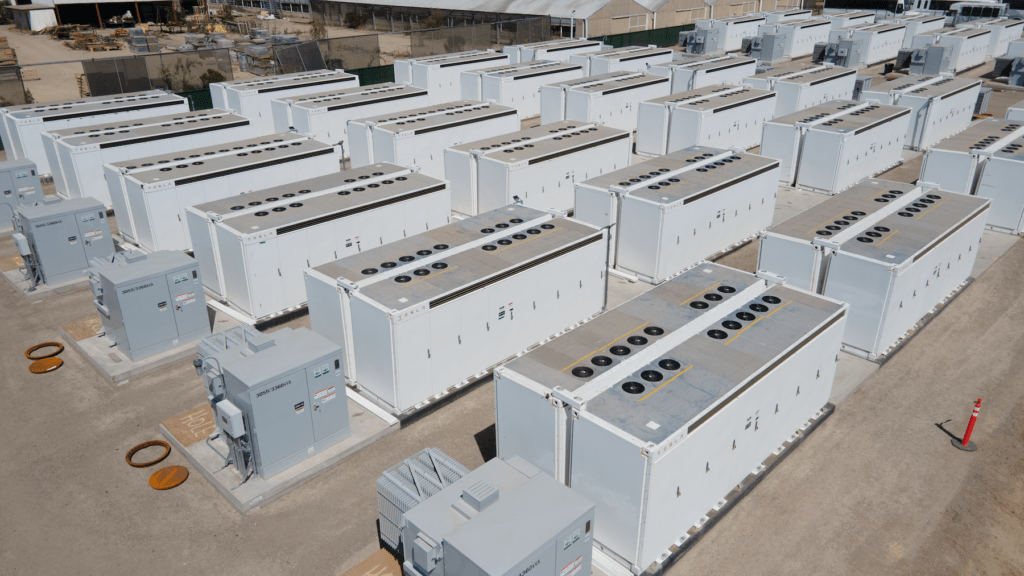
SpaceX and Tesla CEO Elon Musk, who is Time magazine’s current Person of the Year, is often accused of neglecting problems on Earth in favor of conducting his private space program. The accusation is unfair on a number of levels. After all, Musk also runs an electric car company. Now, the space entrepreneur has announced on Twitter a new initiative that may prove flying into space could also benefit the Earth.
“SpaceX is starting a program to take CO2 out of atmosphere & turn it into rocket fuel. Please join if interested,” he tweeted.
Human-caused climate change, created by the emission of greenhouse gasses such as carbon dioxide into the atmosphere, is an obsession with many both in government and in the media. Musk’s proposal has interesting implications for the issue and the accusations that he wants to abandon Earth to go live on Mars. The project will not only help alleviate climate change on Earth but will be instrumental to Musk’s desire to build a settlement on Mars.
Making rocket fuel with CO2 is the easy part of the proposal. A century-old process invented by a Nobel Prize-winning chemist named Paul Sabatier combines CO2 with hydrogen and a catalyst to create methane and water. Musk’s rocket being developed by SpaceX in Boca Chica, Texas uses engines that burn liquid methane and liquid oxygen. NASA uses the Sabatier system on the International Space Station (ISS) to create water for the crew. The methane is vented from the ISS.
The first part of Musk’s plan, sucking CO2 out of the atmosphere, is likely to be more challenging. The idea that carbon capture from the air would reduce the Earth’s greenhouse gasses and thus alleviate climate change is a controversial one. One such project, reported by Techcrunch, is being conducted by a company called Climeworks in Iceland. Thus far, the company spends between $600 and $800 to remove a ton of carbon dioxide, which is considered prohibitively expensive. Climeworks wants to reduce the cost to between $100 and $200 a metric ton (also known as tonne) to make the project more economically feasible.
Another form of carbon capture involves sequestering CO2 directly from power plants. Indeed, NET Power has a pilot plant a few hours’ drive away from Boca Chica in La Porte, Texas. It burns natural gas but saves and store the CO2 emissions. Could Musk buy the CO2 he needs from the NET plant or a similar source? Perhaps, but ever the environmentalist, the Musk might be reluctant to ship the gas to Boca Chica by diesel-fueled tanker truck. Would Tesla be interested in developing an electric-powered tanker truck?
In any case, Musk is interested in developing both the carbon capture from the air and the Sabatier technologies for his planned Mars settlement. The idea is to capture CO2 from the Martian atmosphere, hydrogen from water ice, and then convert them to rocket fuel for spacecraft headed back to Earth from the Red Planet.
Musk has funded a $100 million X-Prize to encourage development of carbon capture technologies, noting that “to win the grand prize, teams must demonstrate a working solution at a scale of at least 1000 tonnes removed per year; model their costs at a scale of 1 million tonnes per year; and show a pathway to achieving a scale of gigatonnes per year in future.”
If and when a direct air capture solution is achieved, a win-win result will have been achieved. Human civilization will have available one or more technologies that will go a long way toward solving the climate crisis. Musk will have a source of CO2 to make his own rocket fuel and continue pursuing his grand design to build a Mars settlement, not to mention taking humans back to the moon and a number of other goals.
A rocket whose engines burn liquid methane and liquid oxygen will create water and CO2 in its exhaust. But a world that has technology that can capture carbon from the atmosphere will likely be more than able to handle the situation.
Sen. Bernie Sanders (I-Vt.) has denounced carbon capture as a “false solution.” But the delicious irony is that while Green New Dealers concoct schemes to deal with climate change that involve destroying the fossil fuels industry, billionaire capitalists such as Musk are developing solutions that do not involve such a wrenching, economic calamity. Musk and people like him are more likely to succeed where politicians and activists are certain to fail. Musk promises to save the Earth and go to Mars.
Mark R. Whittington is the author of space exploration studies “Why is It So Hard to Go Back to the Moon?” as well as “The Moon, Mars and Beyond,” and “Why is America Going Back to the Moon?” He blogs at Curmudgeons Corner.
Source The Hill



